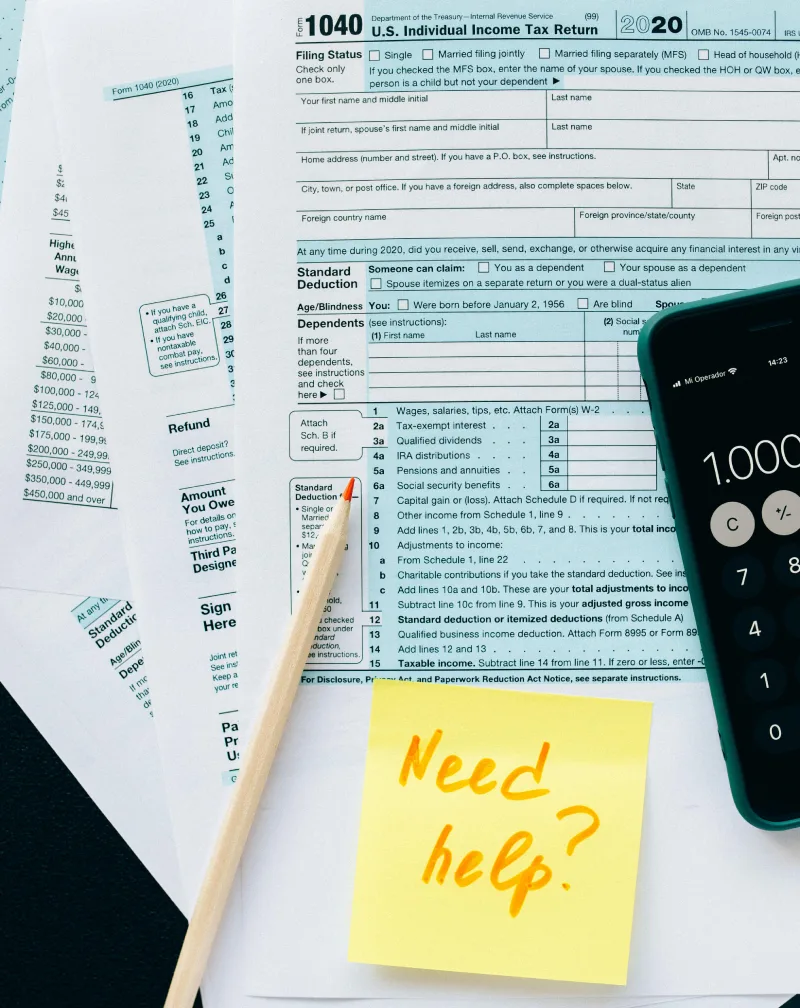
Home → Statement Of Origin
An importer may use the “statement of origin” prepared by an exporter to claim preferences. An exporter is obliged by the law to publish “statement of origin” on an invoice or other document, including commercial document which describes originating product in sufficient detail to enable it to be identified. The statement or document may be submitted in electronic form.
An exporter compiling “statement of origin” must keep evidence that the product is originating, including all data concerning origin status of the materials used to manufacture the product. This may include declarations obtained from its suppliers (supplier declarations).
The “statement of origin” might be applied for multiple shipments of the same product (s) within a period specified in the statement of origin, but no longer than 12 months from the date of first importation. If an exporter completes the statement of origin and finds out later that it contains invalid information, he or she must notify his/her customer in writing as soon as possible.
The statement can be compiled in any official language of the EU for instance English or French. Usually it is better to use the same language used in the document. Present guide discusses document criteria, supplier declarations and export on a broader scale. The text of the statement of origin is set out in Annex 7 of the Trade and Cooperation Agreement.
At the time of issuing the statement of origin you must have a supplier’s declaration (if required).
If you cannot provide a supplier’s declaration or other information showing the origin status of the goods for any statements of origin you have issued between January 1, 2022 and December 31, 2022, then you are required to notify your customer.
If you cannot verify that the goods you exported to the EU are originated in the UK, your customer will have to pay full customs duties.

The declaration certifies that the product was produced in the country of origin and meets all requirements. It is responsible for accurately identifying the originating good on an invoice or other document, such as a trade document.The exporter’s reference number is usually written on the statement of origin by its exporter reference number. If the exporter’s reference number is not assigned, the exporter may include its full address in the “place and date” field. In the EU the exporter reference number will be the REX (Registered Exporter) number. They are required if export shipments have a total value of more than €6,000. In the UK, the exporter reference number will be the EORI (Economic Operator Registration and Identification) number. If you don’t have an EORI number yet, you can apply for one on the government website.
The exporter must provide a statement of origin. It does not have to contain information about the person issuing the document used to complete the statement. To avoid confusion, it is best if the exporter completes the statement of origin on the paper he or she created.
Export of products can be hold before, at the same time as completing the statement of origin or after it. It will remain valid for two years from the date of its creation in the UK. If, on the other hand, you export to the EU, the document will only be valid for 12 months.
When you apply for preferential trade treatment, you must file a valid statement of origin.
The technique in which the goods were produced must be stated on the invoice or on any other document, including a commercial document that identifies the originating product in sufficient detail to enable it to be identified. There is no specific legal definition of a “commercial document.” However, it can generally be perceived as a written settlement of any commercial transaction. Therefore, in addition to the invoice itself, the term includes other types of documents, such as a pro-forma invoice or a shipping document (for example, a packing list or delivery note).
In order for an invoice or other document to be considered as the basis for a statement of origin, it need only contain a description of the originating products that is detailed enough to identify them. Products that may be included in the same invoice or commercial document should be clearly separated from any originating products.
If the manufacturer or trader is located in the exporting country, but the trader issuing the invoice is located in a non-party country, the statement of origin cannot be written on that paper. The statement of origin should be written on a document, such as a delivery note, issued by the exporter (manufacturer or trader other than a trader based in a non-party country) in the exporting society.

The information in this section relates to supplier declarations made by a UK supplier to a UK manufacturer or exporter. Under the Trade and Cooperation Agreement, goods and materials that originate from EU suppliers must demonstrate their origin status through a statement of origin or importer knowledge.
If certain non-originating goods and materials are supplied by a vendor, and part of the domestic production has been applied in the UK or EU, the supplier’s declaration for non-originating goods referred to in Article 40 and Annex 6 (supplier’s declaration) of the Trade and Cooperation Agreement can be used to count production for bilateral cumulation. The supplier’s declaration is used to give the manufacturer or exporter information about the origin status of goods. The supplier is the person who has control and knowledge of the origin status of the goods supplied.
The supplier’s declaration informs the customer about the country in which the goods he purchased were produced. The customer needs this information to submit a statement of origin, as it is required for exported goods. These can be finished products from the supplier or materials used to create another product.
There might be situations in which the original manufacturer is not enough to meet the origin criteria and supplier declarations are required.
For example:
A declaration will not be needed in the following circumstances:
A supplier declaration that is valid for a long period of time applies to all goods listed in the supplier declaration that are delivered during that specified period. When you complete a long-term supplier’s declaration, you must confirm the origin status of the goods for the entire validity period.
If the information in the long-term supplier declaration is no longer accurate, the supplier must inform its customer as soon as possible.
The long-term supplier’s declaration should be drawn up for shipments sent over a certain period of time and include: